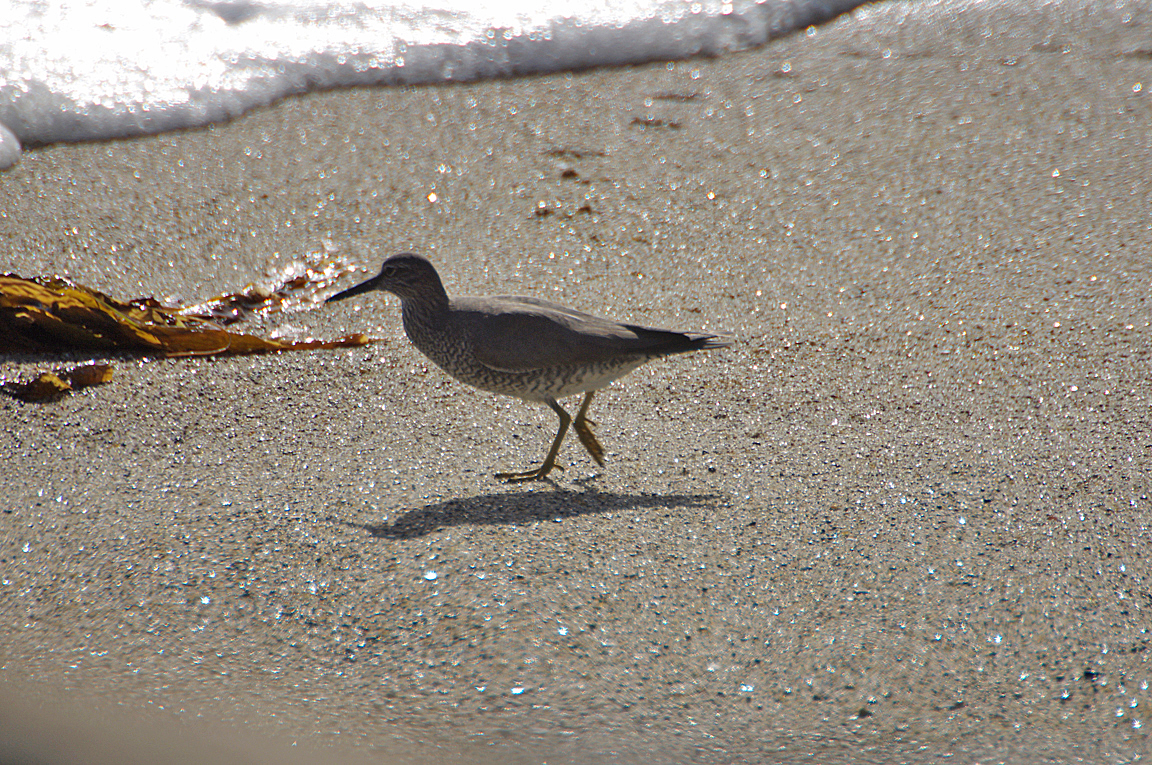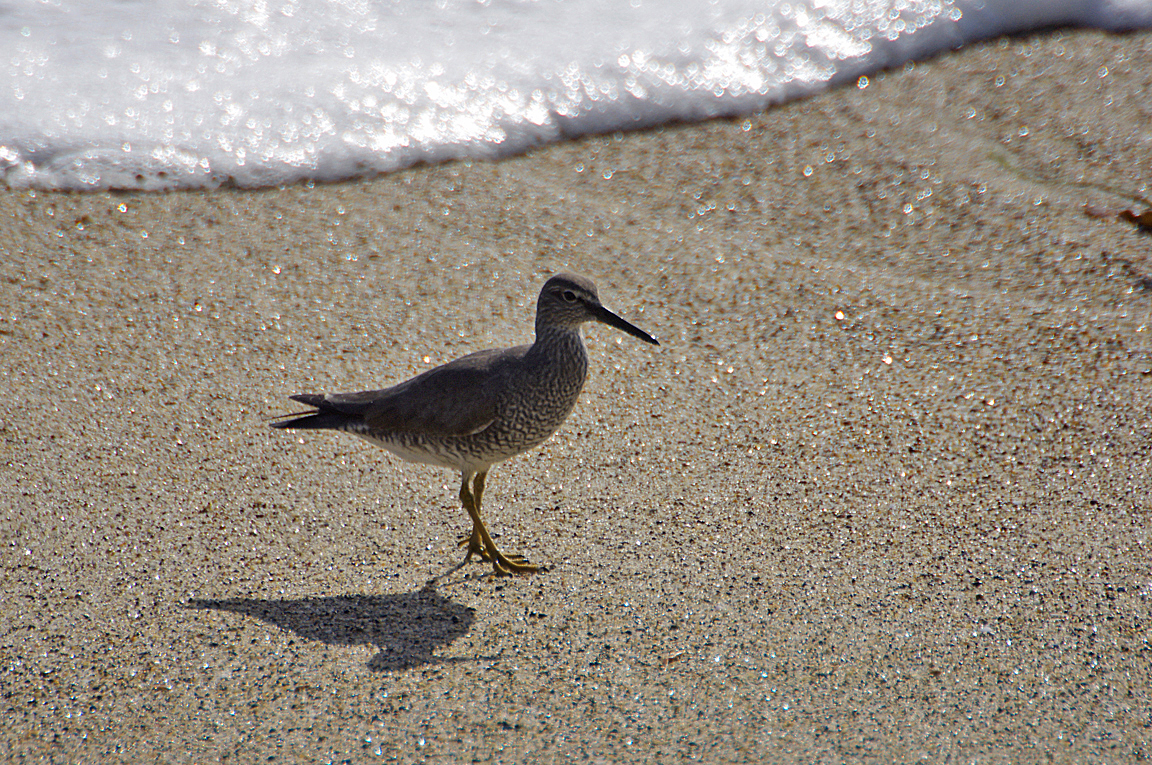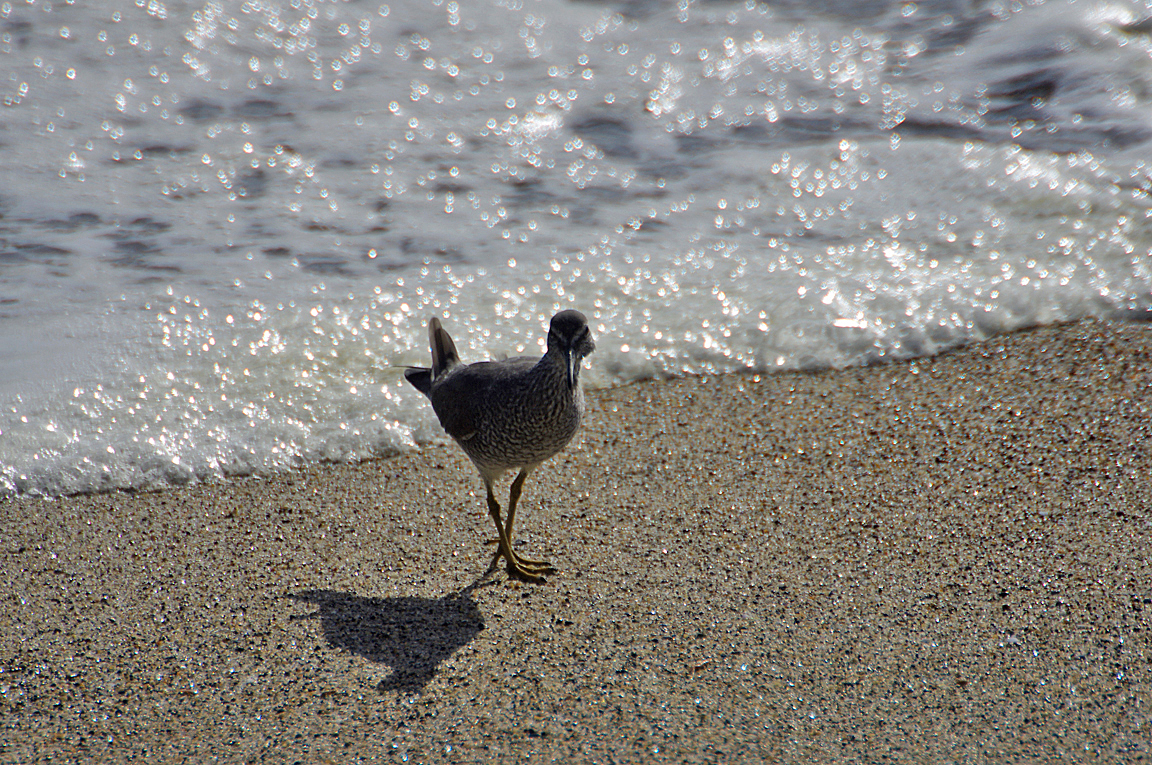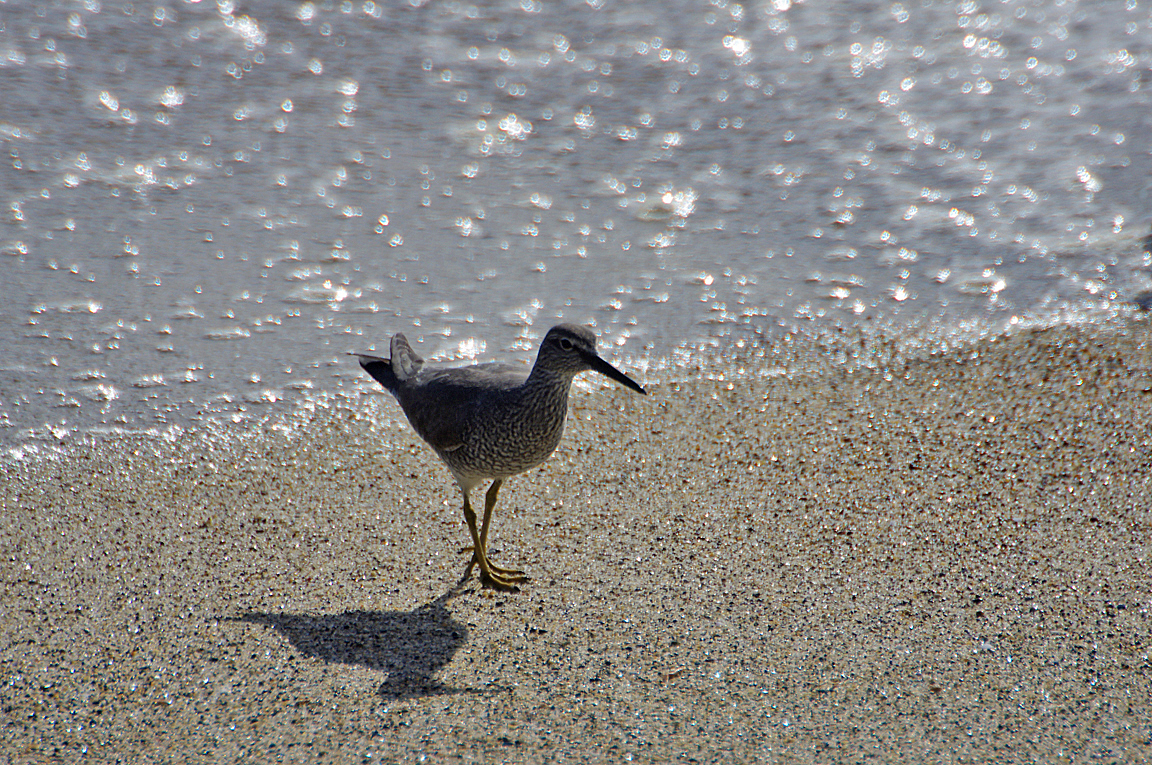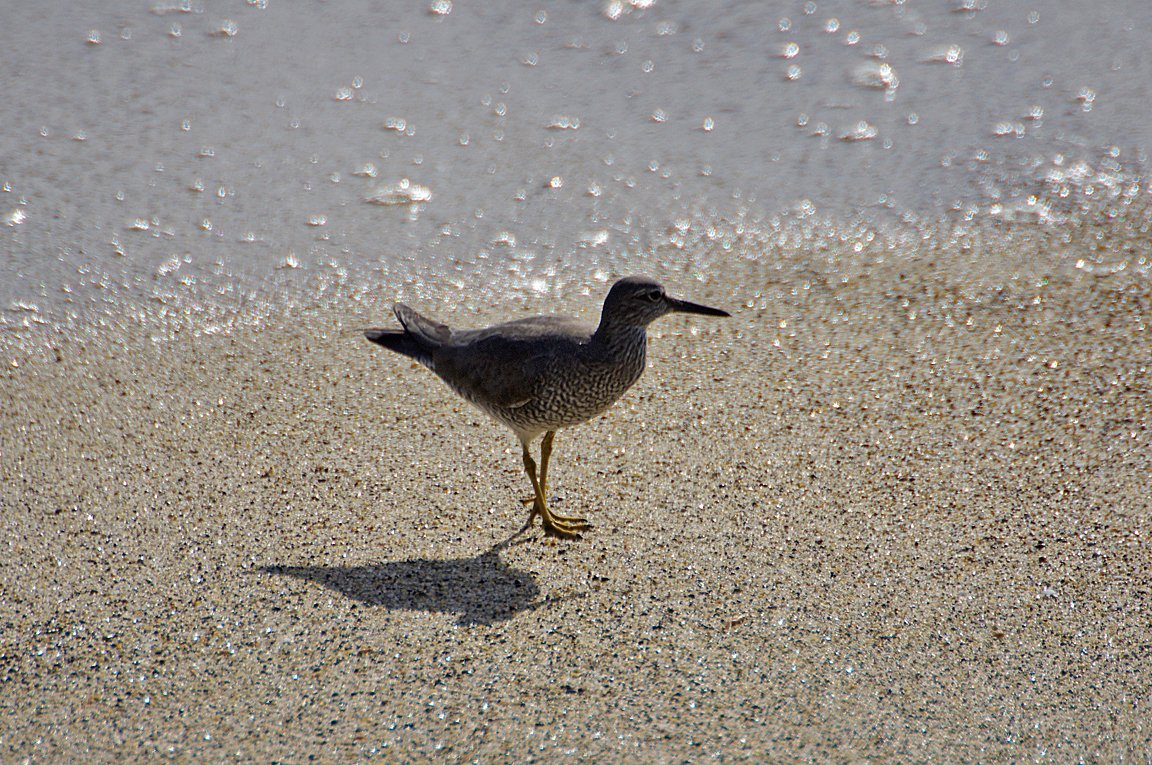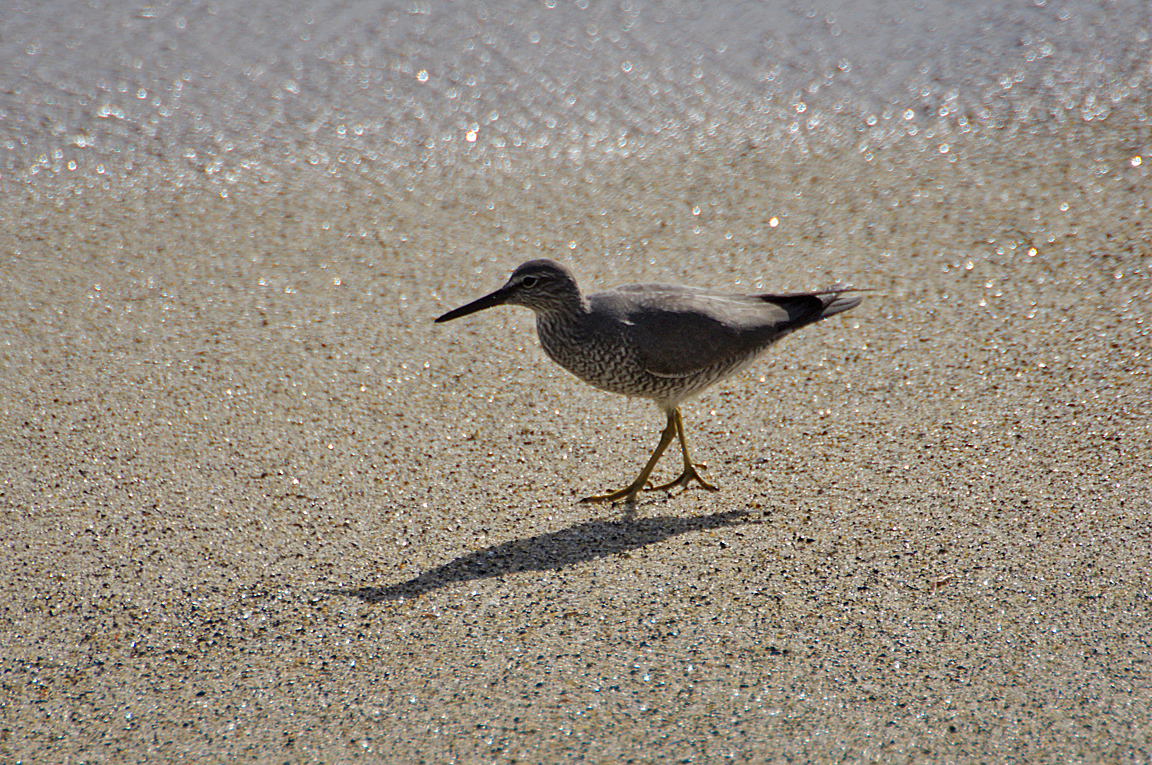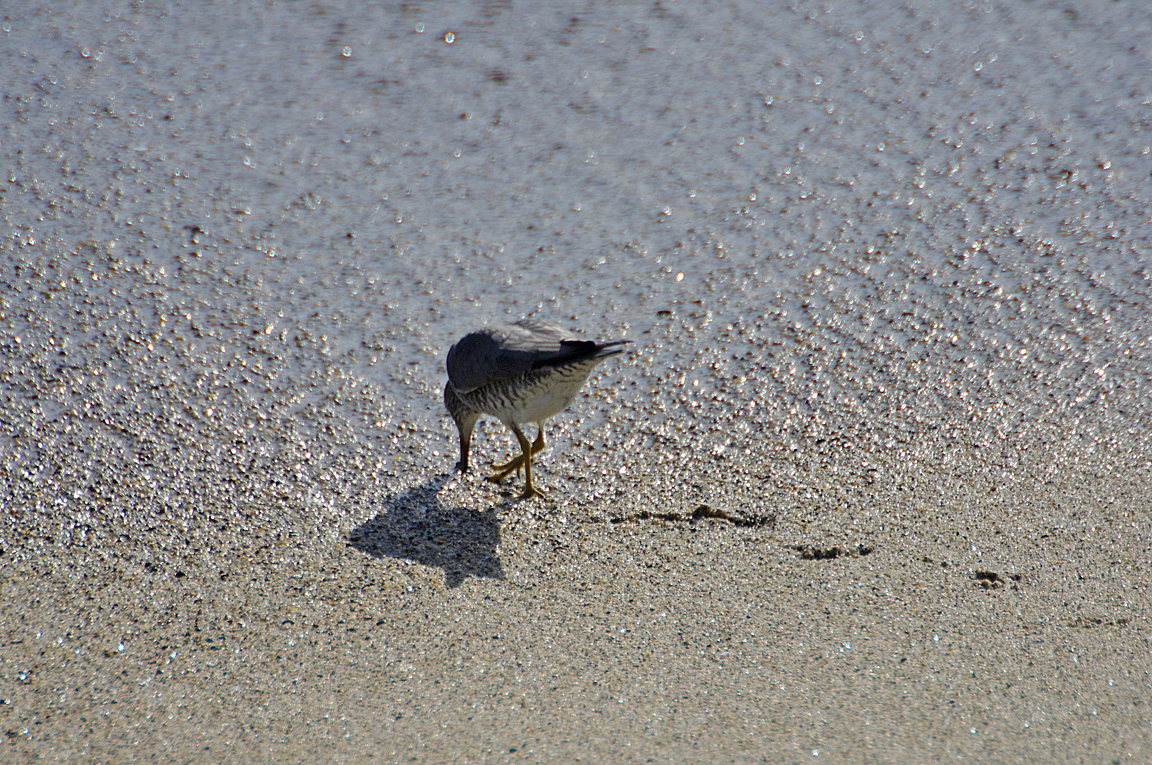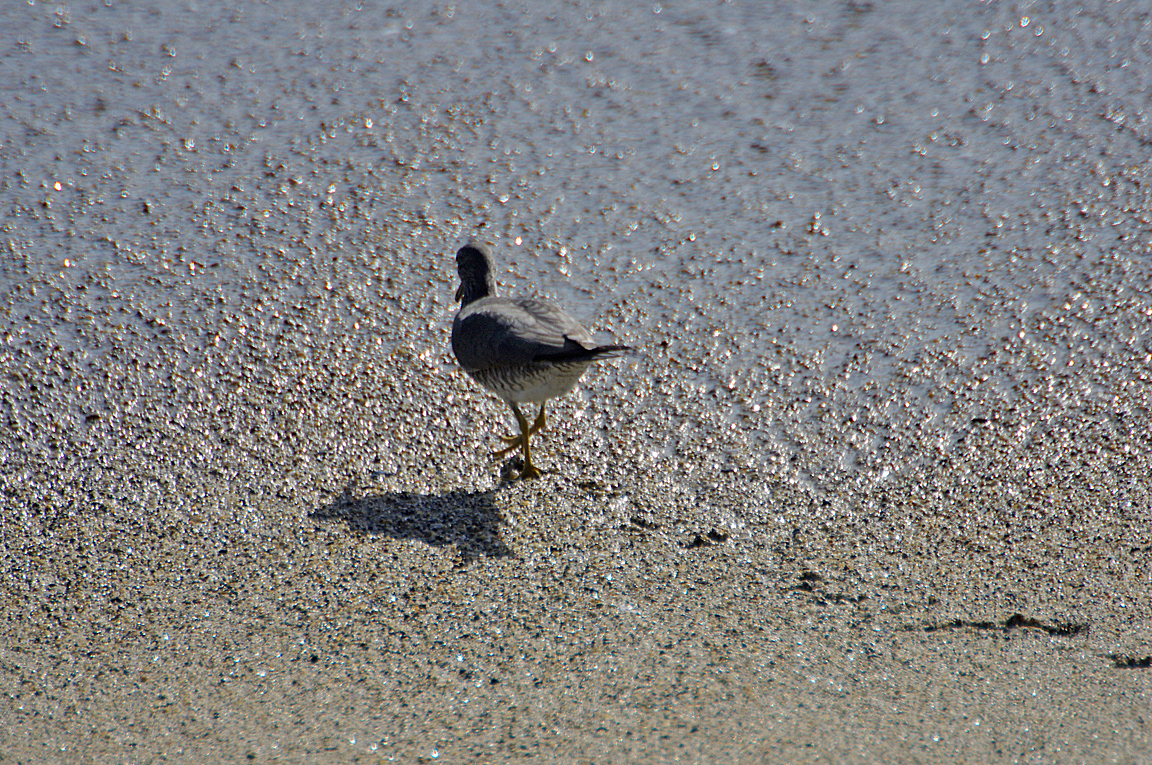|
|
|
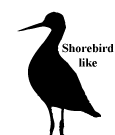 |
Wandering Tattler
|
| Heteroscelus incanus | |
A characteristic bird of the rocky Pacific Coast, the Wandering Tattler can be seen bobbing and teetering among the rocks and waves during winter and migration. Some individuals spend the summer along the southern part of the range rather than go with the rest of the birds to their breeding grounds in the mountains of Alaska and northwestern Canada.
Interesting Information
-
The name "wandering" refers to its widespread occurrence over vast portions of ocean. "Tattler" refers to its voice; its alarm notes alert other birds to a hunter's presence.
-
In Greek, the genus name, Heteroscelus, means "different leg." It refers to the small scaling on their feet, which differentiates these tattlers from other sandpipers.
-
Although their feet are not webbed, they are decent swimmers and can swim as chicks.
-
A group of tattlers are collectively known as a "whisper" of tattlers.
Description
Adult Description
-
Length Range: 28 cm (11 in)
-
Weight: 116 g (4.1 oz)
-
Size: Medium (9 - 16 in)
-
Short, thick yellow legs.
-
Moderately long, straight bill.
-
Gray all over.
-
Belly white.
-
Short white eyestripe.
-
Constantly bobs its tail and rear end up and down as it walks.
-
Entire underside heavily barred in breeding plumage.
-
Plain gray wings and tail.
Sex Differences
Sexes Similar
Immature
Similar to nonbreeding adult, but gray breast and flanks faintly smudged and barred, and back feathers with some whitish tips.
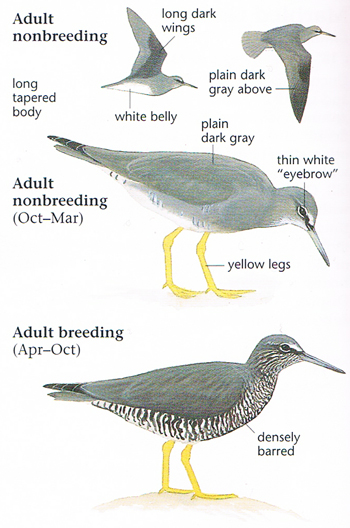
Photo taken from: The Sibley Field Guide by David Allen Sibley
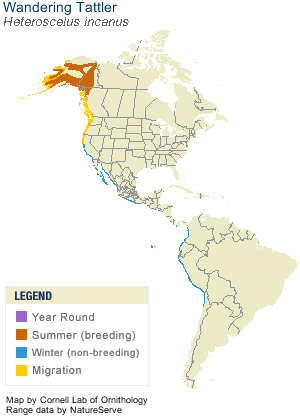
© 2003 Cornell Lab of Ornithology
|
Habitat |
|
Found on rugged, rocky coastlines, jetties, and breakwaters, but during migration may be found on sandy beaches and coastal estuaries. |
|
Behavior |
|
On wintering grounds, forages by probing among the kelp and rocks of outer coast marine habitat for crustaceans, marine worms, and small mollusks. Occasionally wades in deep water, and may immerse its head completely to catch food. |
|
Food |
|
Eats insects, larvae, worms and mollusks. Quick, direct flight with rapid wing beats. |
Taxonomy
| Kingdom: | Animalia |
| Phylum: | Chordata |
| Subphylum: | Vertebrata |
| Class: | Aves |
| Order: | Charadriiformes |
| Family: | Scolopacidae |
| Genus: | Heteroscelus |
| Species: | Heteroscelus incanus |
Similar Species |
|
|
Bird Sound |
|
Call a loud, ringing "kree-kree-kree." |
|
Eggs look like this |
|
Photo taken from: ARCTOS Collaborative Collection Management Solution |
